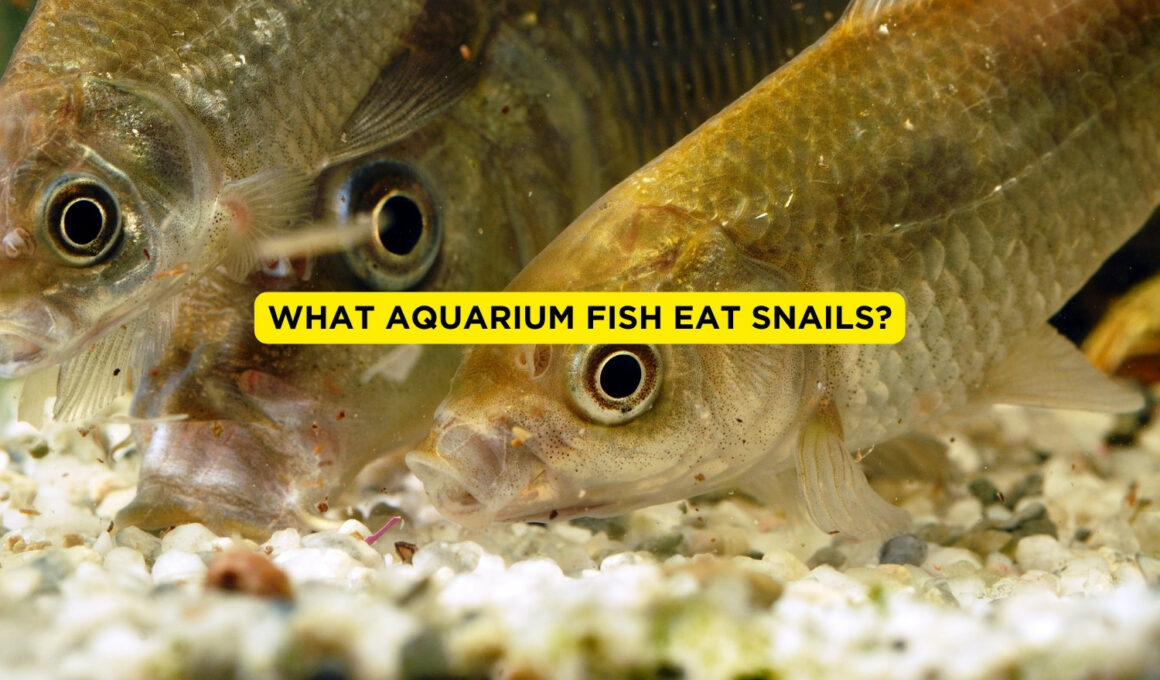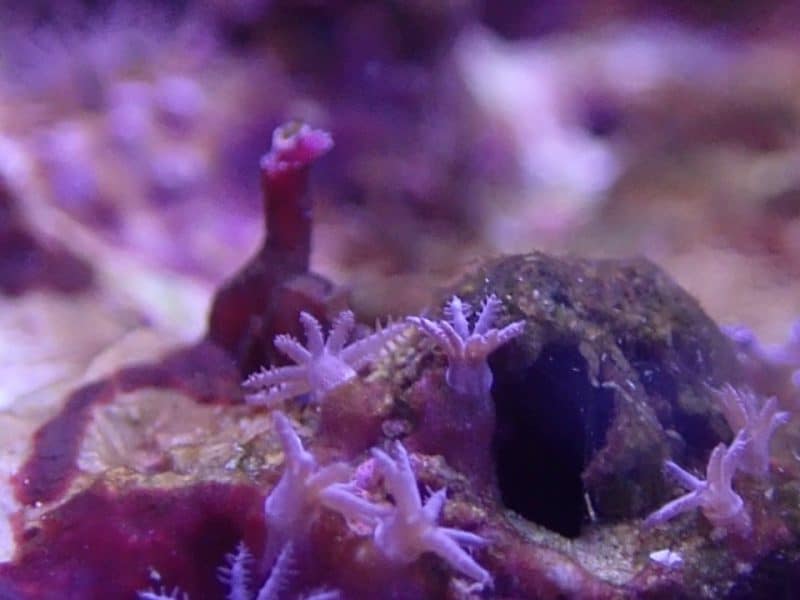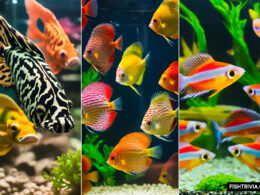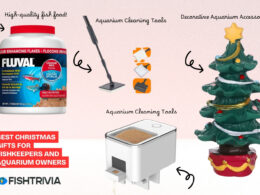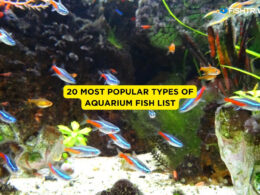In this article Show
Every aquarium owner has a fantasy. Having a self-sustaining ecology in their fish tank. That means a fish tank that has its own food-producing system for its fish and every other animal.
Why are we telling this now? That’s because, in real life, fish are likely to eat small Pest Snails, and the snails are likely to live on the waste of the fish.
Though the reliability is not for all the time. But in your fish tank, you can literally create a semi-self-sustaining ecosystem by letting your fish eat pest snails.
Little pest snails can take over your tank very quickly because they are primarily aggressive breeders. Most snails are replicated in an aquarium, either you purposely add them or hitchhike plants into your tank.
Understanding how to tackle this problem is part of the learning process and your snail problem could decrease or go away entirely if you can keep it under control.
What may look like little undamaging babies and eggs are able to breed the next pest juvies colony in three ( 3) weeks. Teens will create mayhem in your tank. Here are a few common fish that consume the nuts, with all of this out of the way.
How Is Your Fish Tank Infected By Snails?
Any aquariums quarantine their plants until they are planted and submerge them in a bleach solution. You should also guarantee that by adding new fish to your aquarium, you don’t apply extra water or content from the packages. However, you can find your tank infested regardless of the precautions you take.
Most aquarium owners view the little snails mysteriously contained in your tank as pests. They grow insane and, regrettably, are a struggle to get rid of. They or their eggs sometimes arrive from a fish store and are hard to see on live plants or on pieces of gravel.
Types of Snails You Will Find
Be mindful that Apple Snails, Mystery Snails, or other pets in aquariums are not the thing we are concerned about. You add these snails to the tank and when it comes to working with pest snails, you better accept them. Do not hurt the animals in order to rid themselves of the rodents, in other words.
1. Trumpet Snails
They are lengthened, conical spiral shells that are about one inch long. Even if they are there, when tank lights are on, they can be hard to see as they appear to burrow into the gravel and come in the dark. They’re prolific breeders much like pond snails, but living bearers are not laying the eggs.
2. Pond Snails
These are the most common snails, and they breed as if they were nuts. They’ve got thin, round coats and grow to around a pea height. They lay eggs on surfaces like trees, ornamentation, and even tank glass in gelatinous globes and this is one of the reasons they become so invasive.
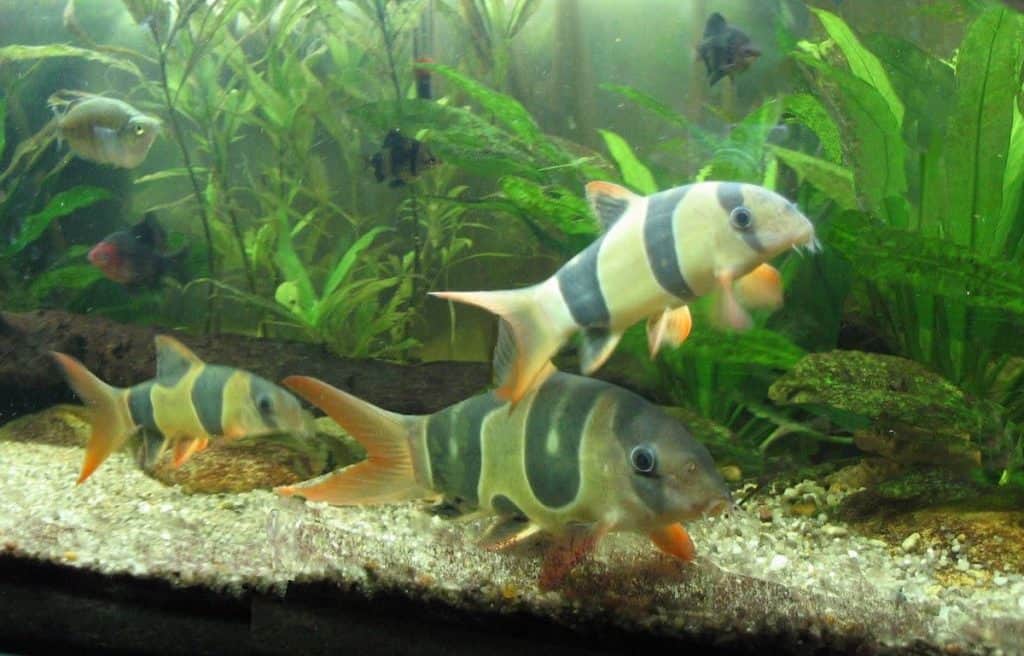
3. Ramshorn Snails
They have larger spiral-shaped coats and are about the size of a dime. They even placed their eggs on aquarium surfaces in their clutches. Since they don’t reproduce too fast and are fairly cute, these guys do not matter.
Are Snails Good or Bad?
We personally just think that all life should be valued and treated with humanity. This requires parameters because we take into consideration pests. That is why We strongly recommend that you work hard to keep your fish tank population under control.
- Bad: When snails die much like any other fish or animal in your aquarium, they breathe, produce waste, and decompose. You add to the bioload so that not just your fish but a growing population of snails can be supported by your aquarium.
The issues begin when their people are out of balance. They are so small that a couple of them certainly won’t matter, but you’ll find that the tank and the fish are under intense tension if you let things get out of hand before long.
- Good: Trust it, or not, these tiny snails in your tank are probably doing some damage. They work like scavengers, clean air, air, and fruit. They even sometimes consume algae. You do not treat them as pests if you have just a handful of them and you don’t care for their look.
Fish That Eat Pest Snails
To handle the infestation of pest snails in your freshwater fish tank, add any of these fish species as a less practical technique. However, before you go out and buy snail-eating fish, there are important things to remember.
Not just the new fish, but the entire tank can be harmful to make an error. Although preparing any fish you plan to store is still very important, it becomes much more important when you carry a fish for a particular purpose.
1. Clown Loach
Clown loaches are scavengers and are going to mess up any fish’s diet, so it is always a smart idea to supply them with sinking pellets and make sure they consume plenty. In schools of six or more, they are better preserved. The Clown Loach will eat the irritating snails which pose a danger in aquariums at 12 centimeters.
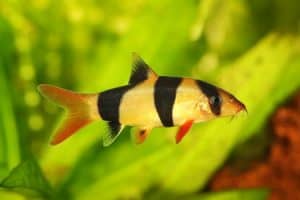
This loach, however, may be maintained only between 77 ° F and 86 ° F in a large tank with a temperature between 6.0 to 7.5. But they will assist you with your snail dilemma if you have a large aquarium. They have a few questions, though. They’re really wide for one thing, with some people overcoming the foot.
2. Yoyo Loach
Instead, suggest the yoyo loach among the several, for whom the clown loach is a bad choice. They grow to just around half the clown’s size and boost for most group tanks. And they are known for their snail appetites, as are their bigger relatives.
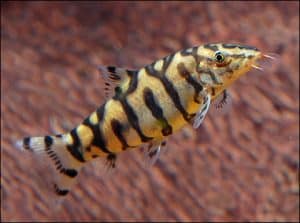
You can consume a range of foods, including flakes, pellets, and frozen and freeze-dried meals, in your fish ponds. Your fish can also consume tiny pollutants in the tank, which ensures the snails can be handled completely by a community of yoyos.
A yoyo is normally calm and likes the groundwater level of the river. Add it to a tank of soft acid water with a pH of 6.0 to around 7.4 and a temperature of 75 ° F to 80 ° F in order to keep the fish healthy and relaxed.
3. Zebra Loach
Zebra Loach is a stuffed, aquatic fish that is a good option for beginners. This loach is one of the smaller members of the Botia tribe, which reaches a maximum adult size of around four (4), “so it is a good choice for small fish tanks to feed snails.
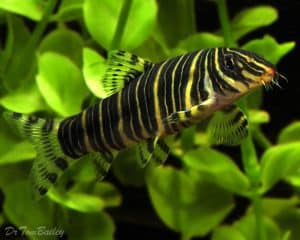
You should note a decline in the snail population within a week after you add a Zebra loach to your aquarium. The fish mainly feed on little plague snacks but less on huge gastropods than mystery snails.
But often the loach picks and even destroys smaller non-pesticide snails. In terms of water content, the water temperature needs a weaker, mildly acidic ph from 6.0 to 6.5 for a fish from 73 ° F to 79 ° F.
And if your zebra loach consumes snails, live foods such as slurs, glass worms, and tubifex should be provided. Fresh vegetables, flakes, and freeze-dried food are also eaten which are important for a healthy diet.
4. Dwarf Chain Loach
Like other members of the Botia family, the dwarf chain can feed on small snails of a size that is very useful for decreasing the population of sneakers. However, even though this Botia loach is unlikely to mix in large ornamental snails, it will harass them, particularly though held in a small tank.
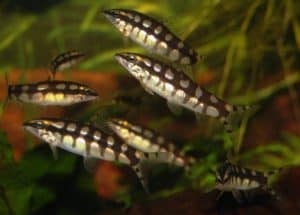
You incorporate live and frozen meaty foods like cyclops, tubifex, bloodworms, and daphnias into your dwarf chain diet as well as high-quality dry foods. Nearly plantation aquariums of 68 ° F to 86 ° F and a PH as high as 8.0 are favored by Dwarf Chain loaches.
5. Cory Catfish
Cories are a catfish variety. They are definitely not going to eat snails, while some suggest they are going to eat little ones. They are commercial scavengers, though, who can consume or hurt snail eggs. These guys do nice general tank management work all day, which ensures that they still have good fish in a group tank.
Again, please make sure you feed sinking pellets if you have lower occupants in your tank like Cories and Laches. Although they eat some floating food, which drifts down to the sea, they have difficulty competing with the fish that swim above them. Sinking pellets guarantee that they get the food they need.
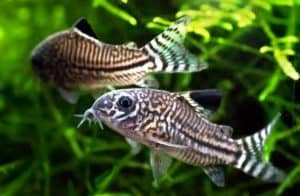
Now, these are the most suggested fish that are going to help you out very much to control the population of snails in your fish tank.
Snail Population Control
You’ll have to soil your mouth. It is a relentless endeavor to extract the snails manually as much as practicable. To promote the gathering in one place, you may set snail traps. There are traps available over-the-counter or you can create your own traps.
Because of the excess of food, snail colonies erupt. You eat the same things your fish eat in some situations. If you feed your fish over, snails can propagate quicker and there is some kind of ripple effect as soon as it starts.
If you have issues with snailing, you may also have an algae epidemic, because overfeeding and mal maintenance worsen this too.
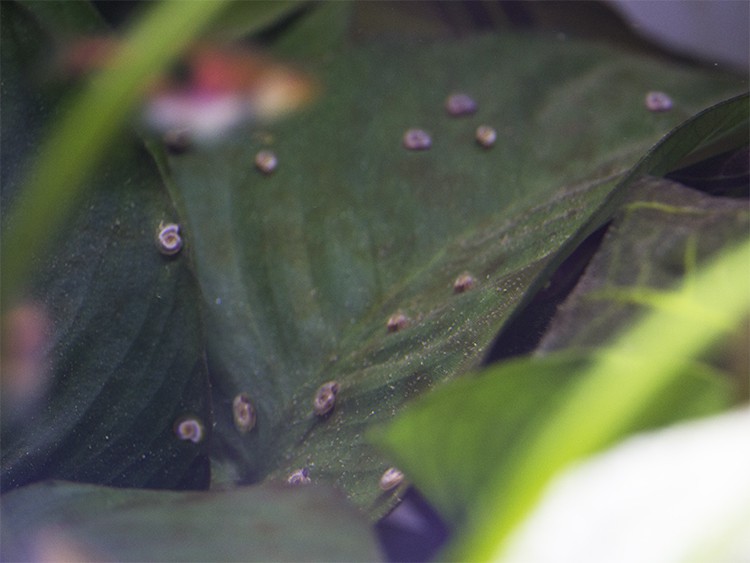
You will start to fix the stuff that prompted your snail to begin as you pluck the little invaders out. It is largely due to bad business techniques as with other problems in the aquarium.
Fish Tank Attica
You have to be very considerate about your fish tank. You have to keep in mind some very important aspects;
1. No Overfeeding
Many cans of fish food indicate that you feed your fish multiple times daily. We assume that beginner aquarium owners do much more harm than underfeeding their fish.
Once a day’s good, at most twice a day, and in a few minutes, they feed just. Know the unfed food lies on the floor or in the jar and rots, but it will be gladly sprayed by your snails.
2. No Debris And Wastage
On the market are vacuum/water changers that make water changes super convenient when the gravel is being washed simultaneously. Essentially these are siphon tubes with an end shoop. Aqueon Water Changer is often used because it’s cheap and is 50 meters long.
3. Minimum Algae
To minimize algae, you have to scrub it from the glass to monitor the light in your tank. You can not count on algae-eating fish, but it is not as complicated as you might imagine. You need to create the job yourself.
4. Water Changing
The most important thing for having a good aquarium is definitely clean water. In the tank, it is likely for the fish to be very toxic as chemical contaminants from fish waste, rotten food, and rotting vegetables build up. A 15-20% weekly water change is a good target for an aquarium without live plants. You will minimize this to a week, or even weekly when you have live plants.
Conclusion
You have your loved fish in your tank, you might want them to be healthy enough to be with you for a long time. For that sake, you have to keep your tank healthy.
Snails are at some point good and beneficial for your fish tank’s health and ecosystem. But some of them or overpopulated snails can harm the health of your fish. So keep them under control.






